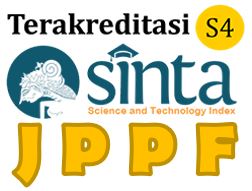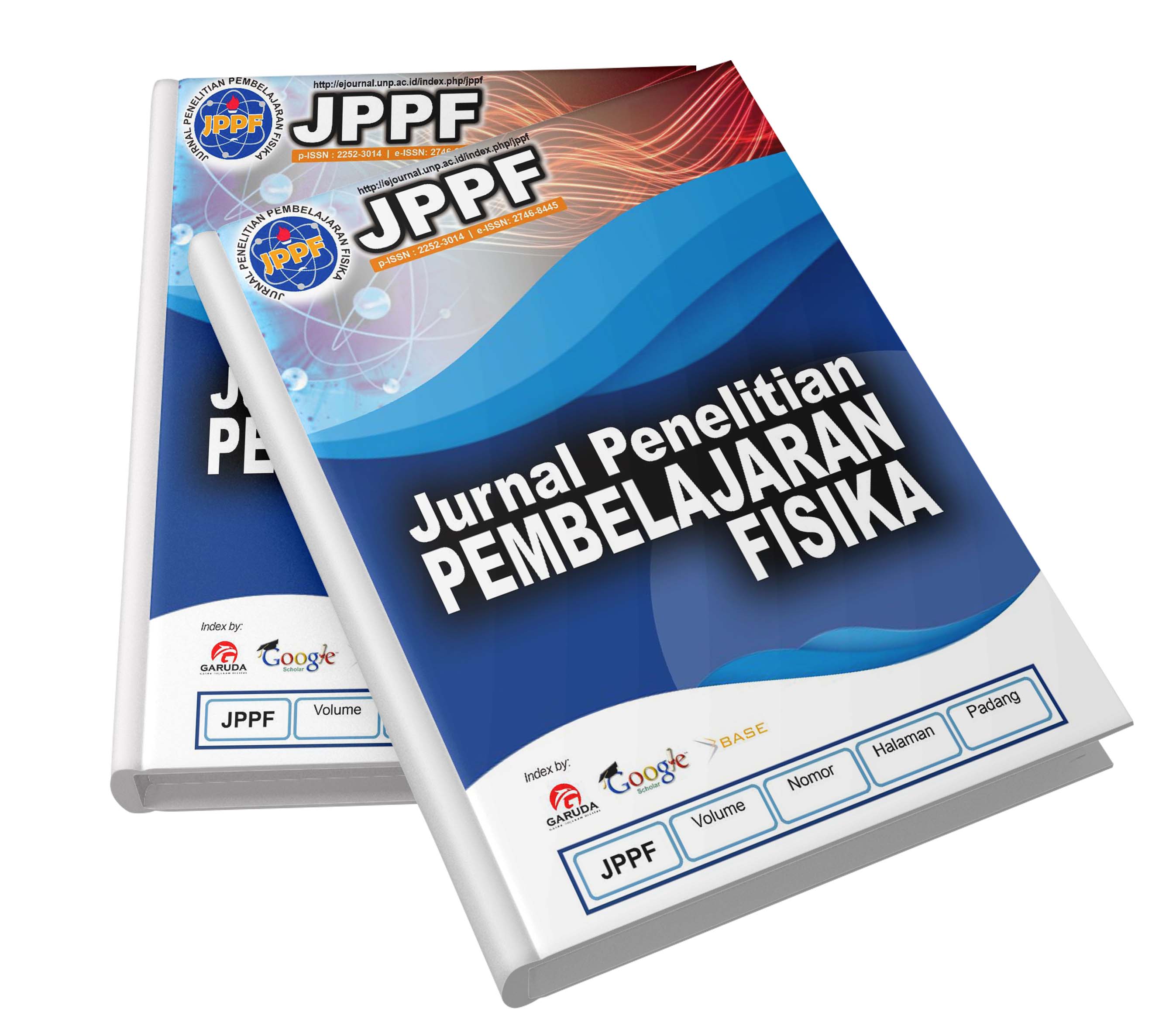Abstract
Education in the 21st century must integrate social sciences and humanities over natural sciences and mathematics. Education can give birth to a scientific attitude, including being able to think critically, creatively, logically and adaptively. The STEM approach refers to learning mathematics, science, and technology. STEM methods can encourage students to think creatively and critically and work together with their classmates to solve modern science and technology problems. This meta-analysis uses the Cohen's d effect size calculation method. The research results obtained from this meta-analysis study include: first, the influence of the STEM approach based on the type of skill obtained. The effect size of critical thinking skills is higher with an effect size of 2.79 compared to creative thinking skills. Second, based on the learning model, the highest influence of the STEM approach was obtained on the STEM model with an effect size of 2.99. Third, Newton's law material obtained the highest effect size value of the 9 subjects, namely 6.25. Thus, the STEM approach in learning physics has an effect on improving students' creative and critical thinking skills




